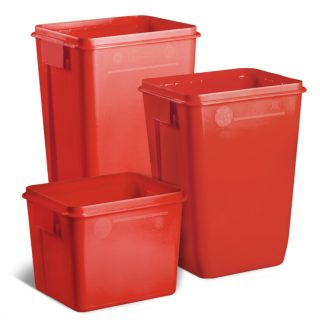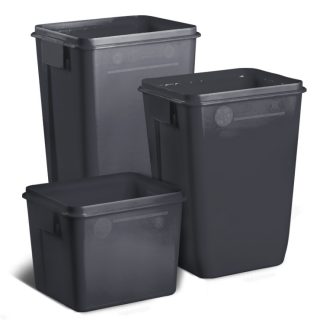Archive for December 2018
Red Bags December Blog Round Up – December 2018
ICYMI: Here’s a quick rundown of the topics we’ve been discussing over on the Red Bags blog in December.
Read MoreMedical Waste Segregation Series: Red Sharps Containers vs. Red Bags
Learn the difference between red bags and red sharps containers as part of our medical waste segregation series.
Read MoreMedical Waste Segregation Series: Yellow Containers
Chemotherapy medical waste is hazardous because it is pharmaceutical waste that includes drugs which can be harmful when in contact. Medical waste segregation is the practice of separating all hazardous solid and non-solid waste into clearly marked containers for proper handling, processing, and disposal. Following these rules will keep the public and the environment safe.…
Read MoreMedical Waste Segregation Series: Black Containers for Hazardous Waste
In this post, we’re looking specifically at black containers and their use in the medical field. Our Medical Waste Segregation Series is taking a closer look at the color-coding system used for collection containers in the field. Color-coded containers not only help distinguish what type of waste is inside but it also keeps health workers,…
Read MoreMedical Waste Segregation Series: The Importance of Color Coding
Working together with medical waste generators, waste disposal companies (like Red Bags) can ensure public and environmental threats are eliminated and that compliance requirements are met. Proper medical waste disposal is a very serious topic that affects hospitals, medical facilities, and various other industries. To protect the spread of disease, remain compliant with government standards and…
Read MoreHandling Radioactive Medical Waste
A closer look at radioactive medical waste in hospitals and medical facilities and how it should be stored and disposed of. When you hear the term “radioactive medical waste,” you might picture someone in a protective suit handling chemicals. That’s how it’s usually portrayed in the movies after all. But radioactive waste can be found…
Read MoreTypes of Medical Waste from Small Clinical Practices
Here are some examples of common medical waste produced in small clinical practices and how to handle it. With lessening mortality rates and an increased need for medical care across the globe, more and more clinical practices are opening their doors to offer services. Ranging from general to specialized care, these facilities are required to…
Read More






